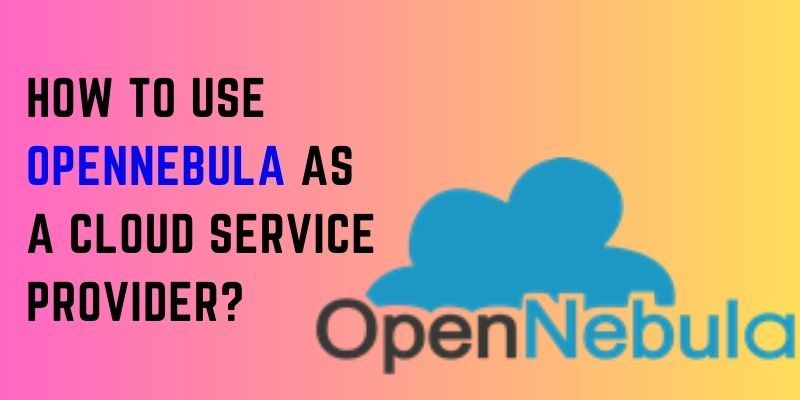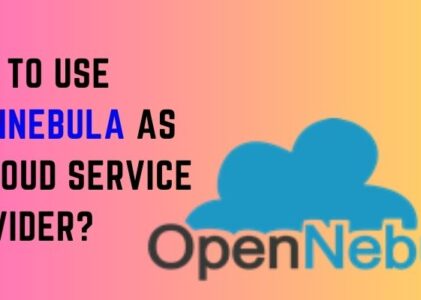There are several locations offering cloud services. This includes businesses that offer virtual computers to their clients as well, not only web hosting or virtual private server businesses. Teams or departments provide the infrastructure for users and staff even inside enormous organisations. No matter what kind of service provider you are, your cloud management platform must have a few certain capabilities. If you want to know How to use OpenNebula as a Cloud Service Provider? FITA Academy offers the best OpenNebula Training in Bangalore with placement assistance.
Multi-Cloud
As everyone is aware, logging into many portals to support various system demands is a complete nightmare. Your users are able to create and administer these resources with a single set of credentials owing to OpenNebula’s straightforward, intuitive graphical user interface, whether you wish to provide virtual resources on VMware, KVM, Firecracker, LXC, or a combination of them all.
Additionally, there may be instances where a client needs to quickly deploy a new private cloud cluster. OpenNebula makes this task very simple. For an example of how to accomplish this utilising various public cloud providers, such as AWS, Google Cloud, Equinix Metal, Digital Ocean, and Vultr, watch our MultiCloud screencast.
Multi-tenancy
Service providers must have a multi-tenant cloud administration platform where they may give their clients unique login credentials to access and manage their resources.
The user and group system in OpenNebula enables you to define distinct clients with several users. Large organisations, in particular, need to be able to share VMs and resources across their various users inside the same organisation.
Role-Based Access Control
Instead of using a traditional RBAC system, OpenNebula employs the idea of “views,” which allows you greater control over what your end users and clients can and cannot see. You can achieve this by giving a group of users access to one (or more) views, which determine which tabs they can all see.
Billing and Showback
Pricing your resources is essential, as is sharing this information with your end users and clients as they add new workloads or modify those that already exist. In templates, where you can assign hourly cost to CPU, memory, and disc resources, OpenNebula manages pricing.
You can export all the data in XML, JSON, and CSV forms using OpenNebula, which also does all the computations to find out the duration that a worker is online. Stay tuned as we release a new module for the well-known billing platform WHMCS. Enrol in FITA Academy to get in-depth knowledge through the OpenNebula Online Training with certified expert support.
Self-Service as Standard
OpenNebula was created with the user in mind and offers a variety of ways for them to self-serve their own resources. Any cloud management platform should allow for self-service, but OpenNebula takes it a step further by enabling you to self-provision virtual networks in addition to VMs and templates.
System administrators can develop network templates that end users can “consume” to build their own networks using the defined physical infrastructure.
Comments
0 comments

